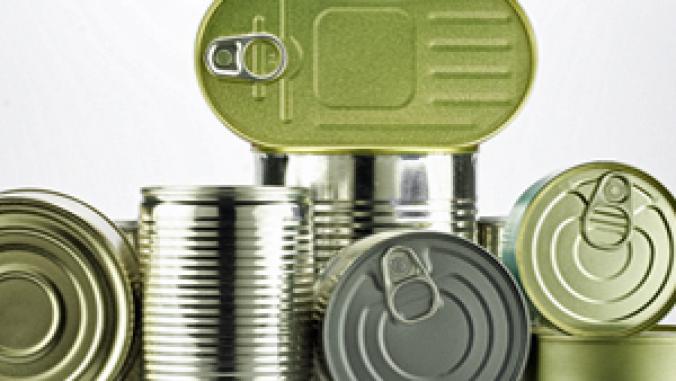Gucci, YSL to Follow Puma in Revealing Environmental Impact Costs
<p>PPR's stable of luxe fashion houses and sportswear labels are following the lead of the firm's Puma brand and will calculate the costs associated with their environmental impacts.</p>

PPR's stable of luxe fashion houses and sportswear labels are following the lead of the firm's Puma brand and will calculate the costs associated with their environmental impacts to create a green profit and loss assessment for key company lines.
PPR announced the plan this week with the release of Puma's much-anticipated inaugural environmental profit and loss accounting. PPR leaders said the goal is to complete a group environmental P&L for the company's global luxury and sports and lifestyle brands by 2015.
“Sustainability is not only necessary to minimize business risks and enhance cost savings, it is a must if we want our brands to keep their desirability and competitive edge into the future,” said PPR Chairman and CEO Francois-Henri Pinault in a statement. "A Group E P&L represents our collective commitment to reinforce and strengthen PPR’s businesses for the long run."
PPR is the corporate parent of Gucci, Yves Saint Laurent, Balenciaga, Alexander McQueen, Stella McCartney, Bottega Veneta, Boucheron, Girard-Perrecaux and Sergio Rossi. Those labels, along with Puma and active sportswear line Volcom, are to be included in the group P&L.
Puma made industry headlines this past spring when it said it would place a monetary value on the company's impact's on nature -- or as it's known in sustainability circles, the impact on ecosystem services -- as part of the parent company's sustainability initiative, PPR Home.
With help from Trucost and PricewaterhouseCoopers, Puma released preliminary results of its environmental P&L in May and said that if the company had to pay for impacts resulting from greenhouse gas emissions and water use, the bill would come to €94.4 million.
This week, Puma pegged the cost of its environmental impacts from global operations and supply chain at €145 million (about $196 million). The figure covers impacts related to land use, air pollution and waste in addition to water consumption and GHG emissions -- and almost all of it can be traced to the supply chain, according to Puma. Here are highlights of the firm's environmental P&L:
• 94 percent of impacts, roughly €137 million (about $185.5 million), come from the supply chain.
• 57 percent of impacts, €57 million ($77 million), are related to production of raw materials, such as leather, cotton and rubber.
• 6 percent, about €8 (almost $11 million), are from core operations by Puma, including offices, warehouses, stores and logistics. GHG emissions make up 90 percent of the impact from facilities.
"Reducing the environmental impacts that derive from Puma's supply chain represents a real challenge for us, as we have limited control over these activities," said Jochen Zeitz, Puma's executive chairman and PPR's chief sustainability officer, in a statement. "However, we recognize that in order to make a real change we, along with our industry peers, have to work responsibly to help reduce the impacts of external supplier factories and raw material producers."
Zeitz detailed the company's sustainability plans in a recent interview with GreenBiz Senior Contributor Adam Aston, which is available here.
Image courtesy of PPR.





